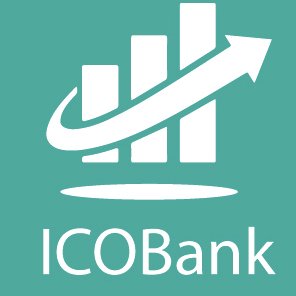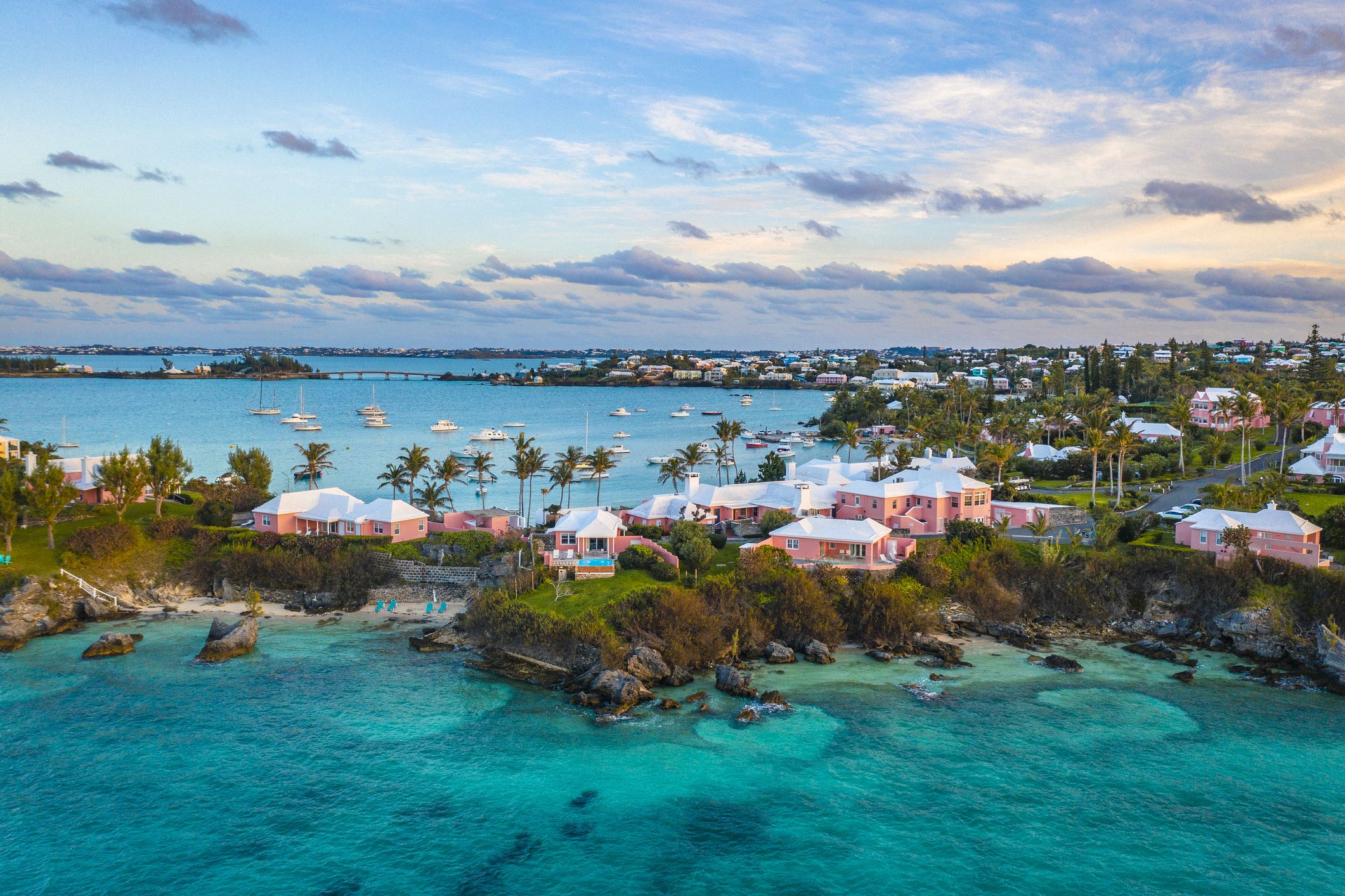How to Raise Money for an International Bank
Blockchain and cryptocurrencies are the future of offshore banking. Ledger based protocols allow offshore banks to compete with legacy banks by reducing wire transfer and remittance costs. Now, cryptocurrency has become the best way to raise money for an international bank.
Here’s how to raise money for an international bank with zero filing requirements, no Securities and Exchange Commission rules, no quarterly reporting, and no required public disclosures. Here’s how to fund an offshore bank with an ICO (Initial Cryptocurrency Offering).
The problem for an offshore bank in selling shares directly are obvious. Shareholders have zero liquidity. Their only exit is to hope the bank is acquired or some random person comes along to buy their shares at a premium.
Don’t even think of an IPO in a major market with an international banking license. Even if you could get listed, the regulation would kill your business. That leaves you to pink sheets or small exchanges like Panama or the Eastern Caribbean Securities Exchange… and we’re back to zero liquidity.
Cryptocurrency can solve this problem. Offshore and international banks can now raise money and provide liquidity to their shareholders through cryptocurrency. No matter where you’re licensed, Dominica, Cayman Islands, Cook Islands, Puerto Rico, Gibraltar, Luxembourg, and anywhere inbetween, you can now issue “cryptoshares” which are 100% liquid.
A company called Bancor has developed a protocol that allows anyone to issue their own digital “smart tokens.” These tokens are linked to a cryptocurrency and can be converted at any time by the owner. This provides liquidity and a market price from day one. Click here for a whitepaper by Bancor.
And we’re talking about real money here. Bancor used it’s token protocol to raise nearly $150 million in 3 hours!
Bancor issued its own tokens and raised about 390,000 Ethers (a crypto-currency that competes with Bitcoin) in its initial coin offering. That’s $147 million spread over 11,000 buyers. According to Bancor’s website, this is the second-largest fundraising campaign in the blockchain industry.
Bancor will hold 20% of its tokens in reserve to ensure liquidity. They’ll convert what they need to dollars to use it as any startup does, for operating costs and to grow the business. The investor hopes the value of the business, and thus the value of their tokens, will increase.
Of course, the investors are taking a risk that Ethers will go down in value. But, that’s the crypto game. Also, the tokens can be revalued and linked to any crypto or FIAT currency the investor chooses, providing the buyer a hedge or FX option not available in other investments.
Bancor is new and not yet available to the public. There are operating ICO platforms in China and one ready to launch in the United States. However, the US market will require SEC and Reg D compliance. Click here for an article from Wired on the topic.
Here’s why an ICO is the perfect way to capitalize an international bank: In an ICO, investors don’t get equity in the venture, nor do they lend money… they speculate on the future value of the tokens they buy.
So, in theory, the transaction doesn’t need to be reported to the bank’s regulators. No due diligence from the regulator, no background check, and none of the headaches associated with selling equity in an internationally licensed bank.
In order to minimize your disclosure requirements, I would add two caveats:
- Have your international banking license, or at least your preliminary offshore banking license / permit to organize, in hand before announcing any intention to issue an ICO.
- Form a holding company that owns the cryptoshares of the bank and sell tokens from that entity. This corporation might be registered in a jurisdiction different from where the bank is licensed and modeled after a US bank holding company.
In most jurisdictions, you’ll receive a preliminary international banking license before you’re allowed to go live. The costs to secure this license are relatively low. Once it’s issued you can go out and raise capital.
For example, you’ll get a permit to organize from Dominica with $1 million in capital and about $100,000 spent on a business plan and legal services. You’ll get a preliminary license from the US territory of Puerto Rico at about the same cost, but don’t need to put up the corporate capital ($550,000) until you’re ready to launch.
The permit to organize is a preliminary license from the government that indicates their willingness to issue a full license once you comply with certain requirements. A permit to organize allows you to incorporate your company, hire employees, lease space, set up your IT, and raise capital using the word “Bank” in your company’s name.
Moving from the permit to the full license is a mechanical process because the government has already approved your people and your business model. Securing the permit before you raise money eliminates much of the risk for the investors.
Because of the liquidity and privacy afforded investors, and the relative ease and reduced costs for the bank, I believe an ICO is the most efficient method for international banks to raise capital.
And cryptocurrency and blockchain are natural extensions of the modern offshore bank. From correspondent banking to the transfer of FIAT currency, blockchain is where it’s at for offshore banks.
See, for example: Correspondent Banking Powered By Machine Learning And Using Blockchain
I hope you’ve found this article on how to raise capital for an offshore bank helpful. For more on setting up an international bank or raising capital, please contact me at info@premieroffshore.com or call (619) 483-1708.











Leave a Reply
Want to join the discussion?Feel free to contribute!